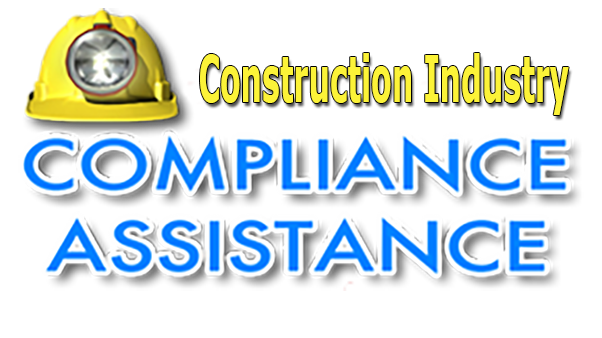
Lead-Based Paint Abatement Regulation
CICA Center Note: Lead Renovation, Repair and Painting (RRP) Rule and Lead Abatement Activities Updates |
Much of the nation’s housing built before 1978 (64 million homes) contains some lead-based paint. When properly maintained and managed, this paint poses little risk. If improperly managed, chips and dust from this paint can create a health hazard. Studies from 1990s indicate that 1.7 million children had blood-lead levels above safe limits; the most common source of lead exposure in the U.S. is lead-based paint hazards.
To protect the public from improperly conducted lead-based activities, Congress passed the Residential Lead-Based Paint Hazard Reduction Act of 1992, also known as Title X. This rule assures the public that contractors claiming to know how to inspect, assess or remove lead-based paint, dust or soil are well qualified, trained and certified to conduct these activities. Under Title X, EPA has developed a national program and supporting policies to prevent and reduce lead-based paint exposures and hazards.
The rule contains several key elements that impact contractors conducting lead-based paint activities in "target housing" and in "child-occupied facilities", including:
-
Training and certification requirements to ensure the proficiency of contractors who offer to conduct lead-based paint inspection, risk assessment and abatement services in residences and day care centers;
-
Accreditation requirements to ensure that training programs provide quality instruction in current and effective work practices;
-
Work practice standards to ensure that lead-based paint activities are conducted safely, reliably and effectively; and
-
Procedures for States and Tribes to apply to EPA for authorization to administer these elements at the State or Tribal level.
Target housing includes housing constructed prior to 1978, except housing for the elderly or persons with disabilities (unless children under six years of age reside or are expected to reside in such housing) or any zero-bedroom dwelling. A child-occupied facility is a building, or a portion of a building, constructed prior to 1978, that is visited regularly by the same child, six years of age or under. Such facilities include, but are not limited to, day-care centers, preschools and kindergarten classrooms. The rule does not address work performed in public and commercial buildings, on steel structures, bridges, and other industrial facilities.
Most states have been authorized under this law to operate training and certification programs for lead-based paint activities in target housing and child-occupied facilities. There are 11 states (AK, FL, ID, MT, NM, NY, NV, SC, SD, WA, and WY) that are not operating their own authorized lead training program. For these eleven states EPA operates a Federal training and certification program.
In many states, the rules for training and certification extend to certain construction activities, such as those associated with commercial buildings or residential housing. CICA Center has developed a state tool to help contractors locate lead-based paint abatement information for their state or for the Federal program, whichever is applicable. See: Lead-Based Paint State Locator.
The Residential Lead-Based Paint Hazard Reduction Act of 1992 ( Title X) is one of two laws that regulate contractors with regard to lead-based paint activities. The other law is the Lead Renovation, Repair, and Painting Rule (RRP), which went into effect in 2010. The RRP rule impacts maintenance professionals who renovate or repair pre-1978 housing, child care facilities or schools. The following comparison is presented to help reduce any confusion between the two rules.
-
Lead abatement projects covered under Title X are designed to permanently eliminate existing lead-based paint hazards, and may be ordered by a state or local government in response to a lead-poisoned child or other reason. Only trained and certified individuals may perform lead abatement.
-
Renovation, repair and painting (RRP) projects are typically performed at the option of the property owner for aesthetic or other reasons, or as an interim control to minimize lead issues. It is not designed to permanently address lead-based paint. However, RRP projects can disturb lead-based paint in homes and buildings built before 1978 and cause lead hazards, even when none existed before. Therefore, they are also regulated and require certification. If you are seeking information on EPA's rules requiring lead-safe renovation, repair and painting to prevent lead hazards see CICA's Renovation, Repair and Painting (RRP) Program page.
